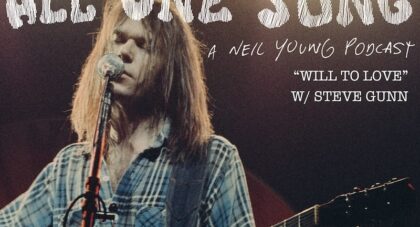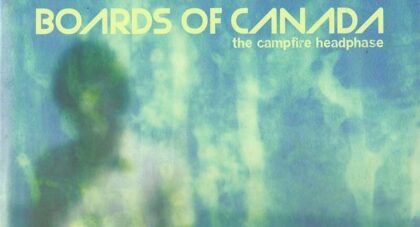In early 2013, Jared Cheek and Jason Nickey came across a weird little record while working at the Bloomington, Indiana record shop, Landlocked Music. Titled It’s Time, the 1977 LP featured a black-and-white image of the man responsible for all the sounds within, songwriter Don Muro, surrounded by various synths and audio gear.
“Looking at the front cover [Jason] thought it seemed like something that I might be into, so we put it on and I loved every song on it,” Cheek explains.
Googling Muro’s name, Cheek found the artist still active, both as a performer and music educator. He shot off an email, inquiring if Muro would be interested in Cheek’s label, Flannelgraph Records, reissuing It’s Time. Muro promptly responded, and Landlocked offered to co-release the LP.
“I'm assuming that the process of reissuing a record from 36 years ago is normally not this painless, but Don's enthusiasm and helpfulness has made it a real joy,” Cheek says.
The reissuing process isn’t the only thing atypical about the story. It’s Time is a genuine original as an album. Its songs ping-pong between oscillating synth pop, ambient soundscapes, and crunchy AOR-inspired power-pop rippers; its lyrics blend charming naivety and smirking, cocksure glances. It’s no “outsider record” by in traditional terms -- Muro clearly knows what he’s doing with a pop song -- but it still resonates as far left of the sounds dominating the burgeoning FM airwaves of the day.
After the jump...we catch up with Muro to discuss the reissue of It’s Time and beyond...
Only the good shit. Aquarium Drunkard is powered by its patrons. Keep the servers humming and help us continue doing it by pledging your support.
To continue reading, become a member or log in.


